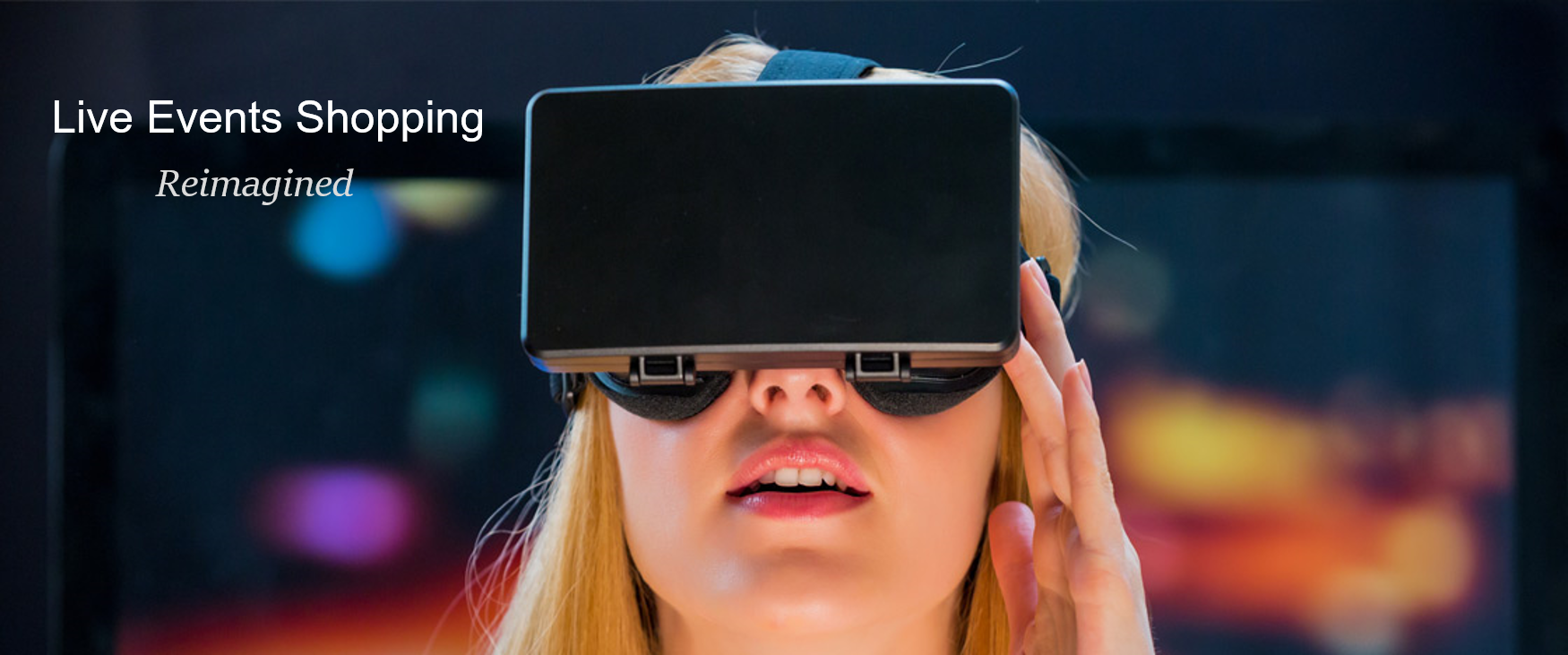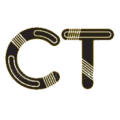
Live Events Shopping Reimagined
January 31, 2018
Goal
The goal for this project is to solve the user problem that people don’t fully understand the live event experience that they are purchasing on a platform like Ticketmaster. One component of the live event experience is the actual show, but the other component is what the experience will actually look like from their seats. Viewing a map (as it is done today in Appendix A) on a mobile phone or laptop device won’t cut it because dimensions, particularly height, within the live event are difficult to visualize. Improving the solution to this problem will increase revenue and gross profits for TicketMaster.
Analyzing the Problem
I would break down the visualization of the content as follows:
- Length, angle, and height from the stage
- Stage size and type
- Expected performers in action, and their best moments in live performance
- Distance and pathway to concessions and to the bathroom
- The view of other fans within the stadium, including any group you are going with.
- Venue lighting at key points of the performance
- Temperature
- Weather (if we ever partner with an outdoor venue)
The Proposed Solution
Barebones Solution: a “barebones”version of the solution would be to show a 30 second video preview of the performance at the point of purchase where fans choose their seats. After the fan selects a seat, an “Expand Preview Icon” CTA would appear atop an animated small box of the preview at the corner of the screen. Video angle would change based on the seat selection. We would need similar videos taken from different angles that approximate the stage view from different seats.
The design of this preview feature would differ based on whether we launch on mobile or laptop. To decide on which platform to launch first, I would like to have data on platform traffic and growth rates for ticket sales. I would also ideally have data on where users taper off in the product funnel for both laptop and mobile devices. I would have a slight preference to launching on laptops since the larger real-estate would allow us to create a larger preview and larger expanded view of the experience. That said, wherever we could have the most impact for both fans and businesses, is likely where we should launch an MVP.
Impressive Solution: for the more impressive solution, I would go after virtual reality. The preview length would be customizable, but I think 30 seconds of the performance would provide a good understanding. With virtual reality, we should be able to truly capture what it is like at the event going to see the performer. The solution would have the following features:
- The ability to see a 360 view of the venue from different profiles (seats) within your group as expected at the time of the venue (lighting, temperature, etc…)
- The ability to view distances and pathways to nearby concession stands and bathrooms
- The ability to view what the menu options are at that nearby concession stand
- The ability to interact with nearby fans (A.I.)
For “low demand” events, selling these virtual previews as a source of sales could be effective. I discuss this in more detail in the next section.
That said, distribution for this experience may be difficult as fans would need a virtual reality device. Currently, virtual reality devices have incredibly low market share compared to laptops and phones. That said, in the barebones solution we can remind people that they can experience the venue more thoroughly if they tap into a virtual reality device. I will discuss potential promotions in the next section.
There are a few ways we could potentially capture content (data) for this solution:
- Scrape the web for videos at target large venues
- Partner with venue operators to incentivize attendees to capture content using Snapchat Spectacles, mobile video, or other devices.
Send a Ticketmaster team to capture the venue size from different vantage points necessary to create a virtual experience from any seat.
The Pitch to Venue Operators
I would pitch the service to venue owners and operators as a way to effectively increase revenue and gross margins. This service can increase conversion rates, serve as an effective marketing tool to attract new fans, and increase referrals. Any increases in conversions and referrals, increases revenue while lowering customer acquisition costs.
The service would increase conversions because people will have a better understanding of what they are purchasing and because, more importantly, it will build emotional excitement for the event during the purchase process.
The technology will increase referrals because event goers will now have a way to show those who have not experienced the event how awesome the experience will be. The first thing people ask after a live event is “How was it?” This is the point at which this technology can be truly revealing for someone who missed out and really heighted their Fear of Missing Out (FOMO) in the future.
Lastly, the virtual reality experience can be a great marketing tool. Imagine a commercial that showcases a live event, but also encourages users to put on a virtual reality headset to experience a preview for themselves? Marketing previews would especially effective for “low demand” events, where people are on the fence. Just look at what previews have done for movies to see the impact a good preview can have. Thus, the preview experience can start to become the source of attracting new customers as well.
The demonstration of the value of a virtual reality device could take place when people buy tickets at the venue. With the value demonstrated, virtual reality devices and glasses like Snapchat Spectacles could be made available for sale for future reference. This is additional revenue for the venue. Incentivizing use of something like Snapchat Spectacles at the event could not only increase the content from which the venue could use for future reference, it would also lead to sharing videos with friends and social networks (leading to more FOMO and increased referrals). Incentives given out during events would be at the venue operator’s discretion.
Defining Success
Success would be defined here as a substantial increased year-over-year gross profit to venue operators we work with. We should price based on the benefits that we bring to our venue partners.
Other Internal Metrics Include:
- Monthly previews shown
- Monthly active users
- Revenue
Questions for Key Assumptions
Most of my questions would be around collecting better data to make informed decisions:
- Problem Definition Questions: To what degree is “understanding the experience from different seats” a problem for users? How many visitors are repeat visitors within the last year who may already understand the experience from different seats? How often are people disappointed by their seating choice? If people can more easily get a better taste of what it is like to attend live performances, would they go more often?
- Where Do We Start Questions: What is the share of traffic on mobile purchases vs. laptop? What are the differences in ticket sales conversion rates on mobile vs. laptop? Particularly, where do people fall off in the product funnel today for most products, and where does seating fall in that process? Does that share change for new purchasers vs. repeat purchasers? Are sports verticals more impacted by this technology than music verticals? Does venue location matter? How much does size of stadium matter?
- Our Capabilities Questions: What capabilities does the Ticketmaster engineering team have within the virtual reality, video, and A.I. space? How do we prioritize features based on that expertise?
